Malunion Fracture
Table of Contents
What is a Malunion Fracture?
A Malunion fracture appears when a broken or fractured bone does not line up correctly during the healing process and as a result, the bone recovers in the incorrect position. Malunions can offer in various forms but are usually described as rotated or crooked. They can also form in a way that tells the bone is shorter than it was before.
The person may have never had treatment for the broken bone. Or, if treatment was administered, the bone moved before healing. Long after treatment, malunion symptoms include persistent pain. If the condition is severe enough, it can cause a deformity and may necessitate surgery to correct or repair it.
When a fractured bone does not heal properly, this is called a malunion. Some ways that it shows is by having the bone twisted, shorter, or bent. Malunions can occur when the bones are immobilized incorrectly, the cast is removed too soon, or the injury is not treated by medical professionals. Malunions are unpleasant and typically result in swelling and immobilization, and deterioration of the bone and surrounding tissue. If fracture malunions are asymptomatic or not limiting function there is no requirement for further surgical intervention.
With fractures in the hand, wrist, and forearm, a certain amount of angulation, or bend, happens when the bone heals. After the fracture has healed, doctors determine whether it will be possible to use the hand or arm normally. In many cases, when a fracture fixes in a position that restricts the use of the involved limb, surgery can be conducted to correct it.
Fractures of the wrists (distal radius), hand bones (metacarpals), and fingers or thumbs (phalanges) are examples of common upper extremity fractures that can lead to malunion.
Malunions can also arise in areas where a fracture has displaced the surface of the joint. When this happens, the cartilage in the joint is not elongated smooth. This could result in joint instability or incongruency, pain, joint degeneration, post-traumatic arthritis, or “giving way” or “catching” episodes.
Treatment for a malunion fracture usually involves surgery to reposition the bone and restore its proper alignment. In some cases, bone grafting may also be necessary to stimulate new bone growth and promote proper healing. Physical therapy may also be recommended to restore strength and mobility to the affected limb.
Causes of Malunion:
Malunion fractures are usually the result of a complex fracture. For example:
- A type of complicated fracture known as a comminuted fracture is one in which the bone has broken into numerous pieces.
- An angulated fracture is a type of fracture in which the two ends of the bone are at an angle to each other.
- A rotated fracture is a kind of fracture in which the bone turned when it broke, out of alignment at its two ends.
- A comminuted fracture, angulated fracture, and rotated fracture.
Complex fractures are often more complicated to treat and as such, the probability is higher that the bone will not heal correctly. Complex fractures can be defined as fracturing a bone at an angle or in multiple pieces. Additionally, when bones break, they sometimes rotate, causing the bone fragments to be out of alignment. The patient may be more likely to develop a malunion in each of these situations due to the difficulties associated with treating the break.
Malunion fractures can also be caused by the following:
- A delay in acquiring treatment signifies the body starts the healing process before the bones can be aligned.
- An incorrect placing of the bones, where they are not correctly aligned.
- After being set, the bones become unaligned.
- Osteomyelitis is a bone infection that can complicate the healing process.
- The broken bone does not have adequate blood flow.
- When the bone was stabilized (put in a cast) or fixed surgically, the ends did not touch.
- Due to inadequate stabilization, the broken bone moved before it could heal.
Signs and Symptoms of Malunion Fracture:
The affected bone and the severity of the malunion determine the symptoms of a malunion:
- Partial or full loss of limb movement.
- Partial or full loss of limb function.
- Limping that continues after a leg fracture has healed.
- Swelling, pain, and tenderness close the fracture site.
- Joints near the fracture site that hurt (for example, a painful wrist or elbow could be a sign of a forearm malunion)
- The limb that seems twisted, curved, or short compared to the opposite limb.
- Deformity may present
- Difficulty bearing weight
Risk factor:
- Person eating Tobbaco
- Obese person
- Smoking
- Have diabetes or other medical problem
In such patients, bone thickness is compromised, easing back the body’s bone-fixing process.
Diagnosis:
History and physical exam: The doctor or health care provider will obtain a history of the problem and perform an appropriate physical exam to find the exact area of concern.
Imaging: Usually, imaging of the area in question begins with X-rays. If more information is required, the doctor or healthcare provider may request a CT Scan or an MRI.
- An X-ray is necessary for the proper diagnosis of a malunion. The doctor will study the patient’s history and the treatment process for the bone fracture.
- Often, a CT scan and probably an MRI are also used in diagnosis.
- MRIs are utilized to study cartilage and ligament issues that formed due to malunion and misalignment.
- CT scans are used to find normal or abnormal structures within the body and to help during procedures to guide the placement of instruments and/or treatments.
Treatment of Malunion:
Once diagnosed and found, surgery is the most standard treatment for a malunion. In almost all cases, malunions need surgery to correctly reset the bone. For numerous patients, malunion fractures affect their daily life as they restrict physical activity and cause discomfort. Therefore, surgical treatment can substantially enhance a patient’s quality of life. The surgery involves realigning the bone to its proper anatomical position by rebreaking the bone.
There are various types and levels of severity for malunions which helps define the treatment. The procedure is called an osteotomy, and can also occasionally involve the insertion of metal plates or pins to keep the bone newly in place. Most of the time, the new alignment is secured with screws, plates, or pins. The bone may be trimmed in some cases to allow full orientation at the fractured location. A bone graft might also be used to speed up the healing process.
During follow-ups, an X-ray or a CT scan may be used to confirm that the fracture is healing properly and is now in the anatomically correct position.
If a doctor decides that correcting the malunion can adequately improve the pain, discomfort, and mobility, then surgery may be suggested.
Osteotomy: It is the procedure most often used to fix a malunion. In an osteotomy, the affected bone is cut or rebroken at or near the site of the original fracture, then restored to its correct anatomical alignment. Based on the location and severity of the fracture, the bone may be kept in position while it heals with either internal or external fixation:
Internal fixation: The doctor affixes plates and screws to the outside of the bone or places a rod down the center of the bone.
External fixation: A metal frame is placed on the outside of the leg and connected to the bone with pins and wires.
Post-Operative Care
After the surgery, the physician will work with the patient closely to ensure the fracture heals properly without inducing another malunion.
Post-operative care may include:
- Wearing a cast or splint,
- Avoiding weight-bearing activities
- Attending follow-up appointments where the physician can monitor the healing progress using an X-ray, CT scan, or MRI.
Occupational therapy or physical therapy may be essential to help a person to regain the function of the affected bone or joint.
Physical therapy Treatment:
After surgical intervention, the patient began physical therapy with the hopes of reducing post-surgical pain and edema while at the same time quickening recovery and restoring function.
From start to finish there are several tools and modalities that were utilized to accomplish these goals, including:
Kit for Hand Evaluation: Utilizing a hand evaluation kit, such as the three-piece digital Jamar hand evaluation set, makes sense for the initial evaluation because it will assist the practitioner in establishing a baseline of grip strength, pinch strength, and range of motion. Moreover, these experimental outcomes can be utilized to recognize weak spots or brokenness. Additionally, a hand evaluation kit can be used on a regular basis to assess progress and/or make necessary adjustments to achieve therapeutic objectives. It is advised to use an evaluation kit that includes.
- Dynamometer: A hand dynamometer is used for increasing grip strength and identifying trauma after an injury.
- Pinch gauge: A pinch gauge shows accurate readings of pinch strength (tip, key, and palmer).
- Goniometer: A goniometer is used for a range of motion readings for the finger joints.
- Hand and wrist compression wrap: The hand and wrist compression wrap made by Game Ready is a helpful tool for practitioners to utilize to provide patients with both cold therapy and compression. Post-surgical mal-union fracture patients may benefit from both cold and compression to alleviate pain and swelling.
Paraffin treatment: Practitioners can use paraffin therapy to provide patients with efficient heat therapy. Paraffin therapy when combined with joint mobilization was more beneficial in improving the range of motion and decreasing pain compared to joint mobilization used on its own. Paraffin therapy is a great technique to use during treatment to alleviate any pain that may arise, as well as at the beginning of treatment to increase the range of motion prior to any therapeutic stretching or exercise.
Ultrasound therapy: Ultrasound therapy is a trusted modality for physical therapists to use to help relieve pain and improve the range of motion in the wrists. After an injury, patients were able to regain their normal range of motion with the assistance of joint mobilization and ultrasound therapy. Additionally, the findings revealed that patients who received ultrasound therapy and joint mobilization were capable to return to their normal activities with up to 90% of participants maintaining a normal range of motion a month after the end of treatment.
Functional Training: For mal-union patients who have had surgery, a practitioner is committed to reducing pain and swelling and restoring function. Functional exercise with therapeutic equipment like the Cando Magneciser Table Top Exerciser is one of the best methods for achieving this. The Magneciser tabletop exerciser works on a patient’s course, muscle strength, and scope of movement in a way that is protected and painless.
When a patient suffers a fracture of any kind, an immediate concern arises regarding their ability to resume daily activities at full strength. For patients who support a mal-union fracture, this worry enormously raises. However, it is possible for mal-union patients to return to full pain-free function with the assistance of advanced surgical intervention and appropriate post-surgical therapy.
FAQs:
Can a malunion be fixed without surgery?
Because the injury does not result in decreased function, some malunion fractures do not necessitate surgery or treatment. However, if the position of the broken bone is damaging, surgery may be required to restore a normal, functional lifestyle.
How long is recovery from a malunion fracture?
The duration of bone healing typically ranges from six to eight weeks.
Can you walk with Malunion?
If the malunion is short, the leg length unevenness can lead to back pain. Crooked legs can induce excessive pressure on the knee leading to premature arthritis of the knee. Although walking on a malunion tibia is possible, the long-term effects on the knee can be severe.
What are examples of malunion?
At the point when a wrecked bone recuperates in a strange position, it is named a malunion. There are different unusual situations in which a bone can mend. The bone may, for instance, be twisted, crooked, or shorter than before. There may also be a combination of these deformities.
Does malunion require surgery?
Treatment of a malunion frequently relies on how the injury happened. In the event that a bone is sufficiently deformed to cause deformation, you might require a medical procedure to fix or address it. If the alignment of the bone will put too much stress on the joint that is attached to it, then it is more important to fix the alignment.

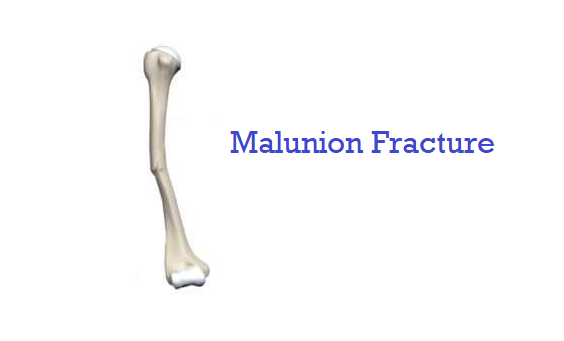
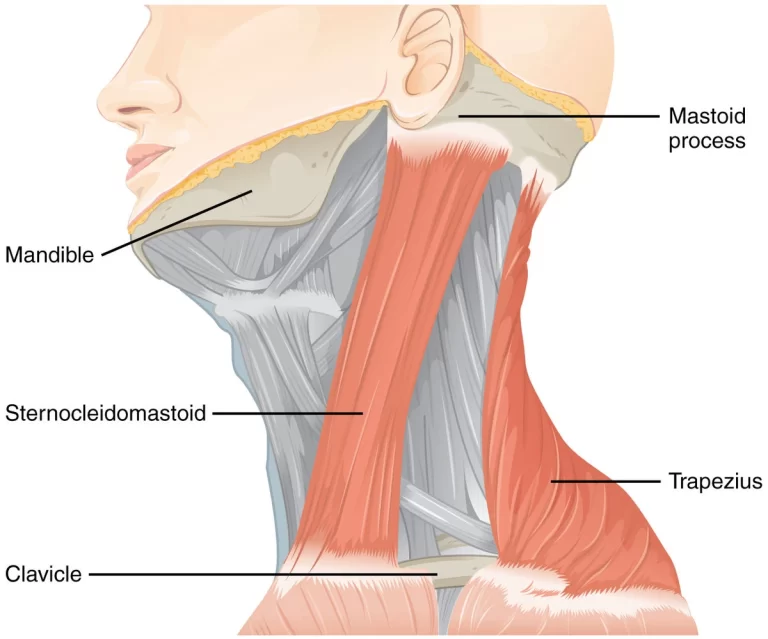
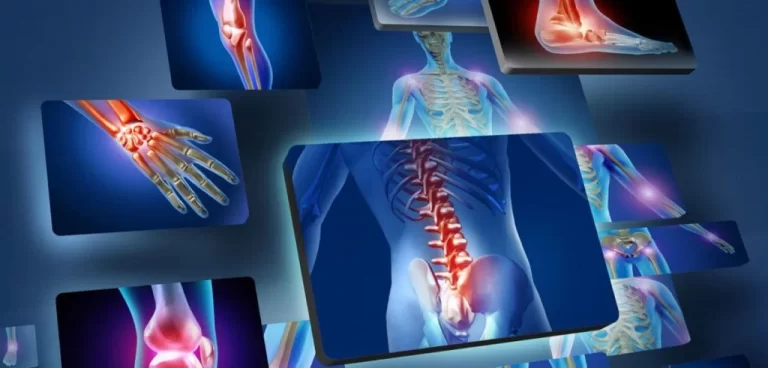
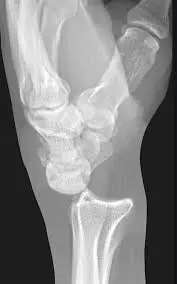

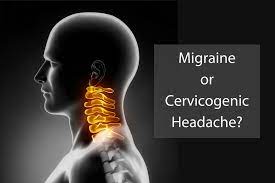
6 Comments